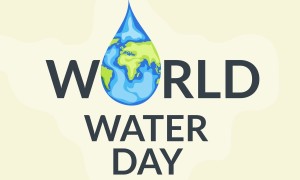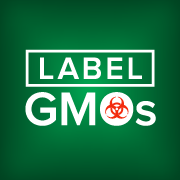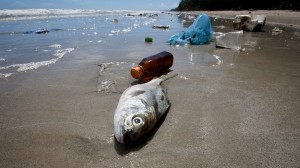National Program Continues to Increase Local Foods in Schools
Agriculture Secretary Tom Vilsack today announced the release of a request for applications for the USDA’s Fiscal Year 2016 round of Farm to School grants. Designed to increase the availability of local foods in eligible schools, these grants help new farm to school programs get started or expand existing efforts, facilitating stronger connections between local and regional producers and school cafeterias.
Four different kinds of grants are available. Planning grants are for schools or school districts just getting started on farm to school activities; they?re designed to help them organize and structure their efforts for maximum impact by incorporating best practices into early planning considerations. Implementation grants are available for schools or school districts seeking to augment or expand existing farm to school efforts. Support service grants are intended for non-profit entities, Indian tribal organizations, state and local agencies, and agriculture producers or groups of producers to evolve farm to school initiatives.
Stop Monsanto?s attack on GMO labeling
There?s an imminent threat to the future of GMO labeling.?Republicans in Congress beholden to Monsanto are set to reintroduce a bill that would block states from requiring labeling of genetically modified foods.
The legislation is so dangerous that our progressive allies are calling it the DARK Act – ?Denying Americans the Right to Know? ? because Monsanto and Big Ag special interests want to keep secret the ingredients they?re putting into the food we eat. The DARK act would be disastrous if it becomes law. It seeks to undo all state GMO labeling laws, prohibit states from further enacting legislation to require mandatory labeling of GMO ingredients, and make it more difficult for the Food and Drug Administration to enact GMO labeling regulation at the federal level.
This is a critical moment in our fight for mandatory labeling of GMO foods.?We must act now to pressure Congress to reject this outright assault on our right to know what’s in our food.
Celebrating World Water Day

March 22nd, World Water Day, is a day to celebrate one of the planet?s most precious resources, fresh water. But that resource is being rapidly depleted. We have to make every day, world water day!
Irrigation causes excessive water depletion from aquifers, erosion, and soil degradation, but more sustainable irrigation practices, including center pivot irrigation systems and solar drip irrigation, can help improve crop productivity and yields and reduce water usage. Using rainwater harvesting, zai pits, micro-irrigation, bottle irrigation, gravity drip buckets, rotational grazing systems, and other water-saving practices can all help create diverse landscapes, supporting wildlife and culture.?In fact, all over the world farmers are using innovative practices to utilize water more efficiently and in lesser quantities to produce more nutritious foods. And eaters can profoundly reduce water waste and consumption through the food choices they make each day.
How Plastic In The Ocean Is Contaminating Your Seafood
We all know that our vast oceans are polluting more quickly these days with oil and chemicalspills, and the high rate of mercury that is occurring in our fish. But did you know that?the weight of plastic finding its way into the sea each year is estimated to be equivalent to the weight of 40 aircraft carriers. Yes that’s right, plastic. This man made “miracle” substance is 100% indestructible, making its way into the digestive tract of the fish that we eat. With the new USDA food guidelines telling us to consume more fish, how can we be sure that this is safe??The Environmental Protection Agency does put out?advisories?to warn consumers when fish get contaminated with chemicals in local U.S. waters. But a lot of our seafood now comes from foreign waters, which the EPA does not monitor. Just a?tiny fraction?of imported fish get tested for contaminants.



Comments are closed.